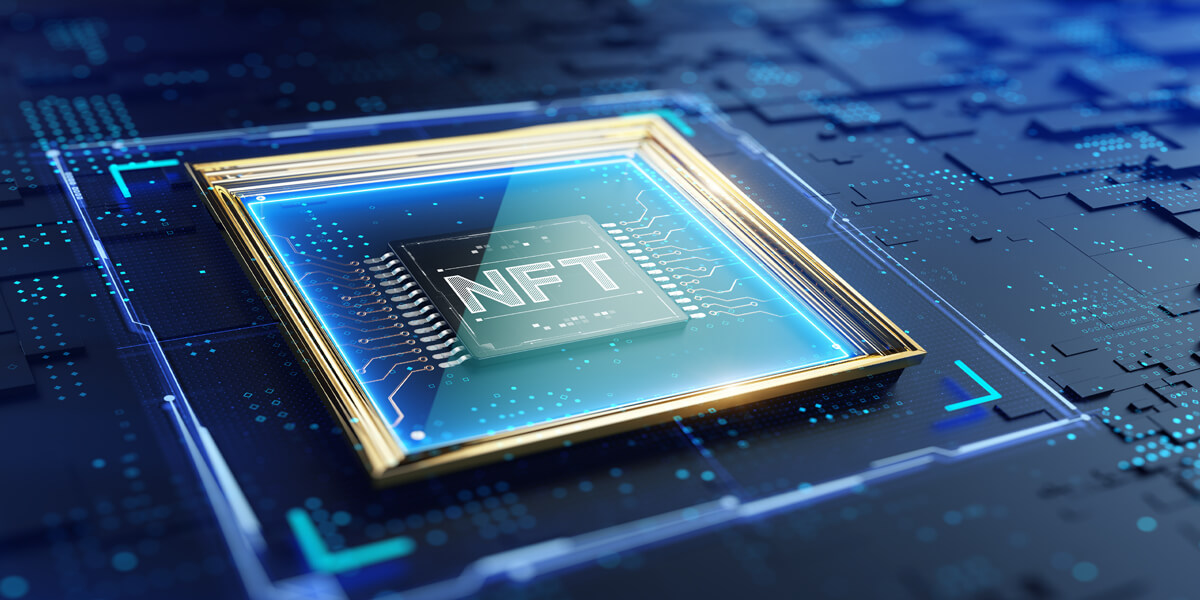First minted in 2014, non-fungible tokens, or NFTs, have become so popular that HarperCollins has even named it 2021’s word of the year. Unlike cryptocurrencies, which can be used as a form of money or virtual asset, NFTs are meant to be like certificates of authenticity. They permit to own a portion of a digital representation of a tangible asset. When it comes to NFTs in healthcare, it provides a unique opportunity: patients, rather than firms, controlling their health data. Patients might use this degree of control to monetize their data rather than allowing firms to benefit from it, as has been the case in the past.
The medical data conundrum
Over USD 1.2 billion worth of clinical documents are produced in the US every year, yet 80% of that data remains unstructured, and vulnerable to misuse and theft. According to research by bioethicist Kristin Kostick-Quenet, assistant professor at the Center for Medical Ethics and Health Policy at Baylor College of Medicine, one of the key issues concerning healthcare data is that patients don’t know where it finally ends up after it’s been collected. Right now, the healthcare data exchange market is ruled by some significant players, without much incentive for patients to take part in choosing who gets the right to access their data.
With AI and big data becoming increasingly important to drug research, sensitive medical information like hospital records or genetic markups has become an extremely valuable commodity. Many times such data is bought, exchanged, or sold without the knowledge or consent of the patients.
Kostick-Quenet’s research also reveals that there’s an emerging industry that tries to re-identify anonymous medical data acquired from hospitals or diagnostic centers, match it to user data from social media platforms, create detailed profiles of individuals, and sell them to third parties. Smart contract technologies, such as NFT, provide the opportunity for digital ownership. It holds the promise of securing health records and democratizing access to private medical data.
How can NFTs in healthcare prove beneficial?
1. Allowing patients to control and monetize their data
When NFTs are used to mint medical data, it could serve as a de-identified and patient-controlled version of one’s healthcare information, with strict terms and conditions under which the data can be acquired and utilized. NFTs also come with an inherent feature that can be tracked by the owner.
Patients would be able to track their medical data and see where it has ended up and hold those who have used it without their consent accountable. They will also get royalties, every time they allow a company to use their data. For instance, Aimedis is a healthcare technology startup that acts as a medical NFT marketplace where patients may engage in transactions involving their health data.
2. Attracting patients for participation in research and clinical trials
Companies that provide digital health services can use an NFT strategy to attract patients to participate in research by allowing them to contribute their data and profit from it. Other third parties that want to use the data for research or to build new products could contact patients directly through a digital marketplace.
The primary difference between this method and the old one is that patients have the option to disclose their data in a more informed way. The usage of patient data might therefore be made more visible, and patients could gain ownership over their health records, thanks to the underlying blockchain technology and an NFT certification.
For instance, RightsHash is a decentralized software engine that is used by clinical trial platforms and healthcare organizations to track and handle patient consent for clinical trials through NFTs.
3. Optimizing the supply chain for blood banks
Several blood donation organizations are already leveraging this technology and urging people to donate blood using NFTs. Blood donors are given a unique token that can be tracked throughout the system. The donation can then be tracked from the time it is delivered to the hospital, via the blood bank, and to its intended recipient. The blood is then recorded in a digital “blood bank” by its NFT, where the demand for certain blood types can be monitored via a blockchain system and distributed to where it is required most.
For instance, BloodChain, a blockchain-based biological product tracing company, uses NFTs to minimize bottlenecks in the supply chain of biological products such as blood donations. This organization is essentially an “open social blood bank,” which means that anybody can give blood through the BloodChain network. Individuals can safely register their blood types in a distributed blood bank that can satisfy supply and demand in real-time using BloodChain. On top of the data acquired on the blockchain, AI-based apps would be used to calculate the demand for blood from certain hospitals. As a result, blood would be given to certain hospitals right away.
4. Supporting the fight against counterfeit pharmaceuticals
By expediting the verification process, NFTs and blockchain can help in the battle against counterfeit medications. NFTs leave digital footprints or a “token ID” that stays with an object for the duration of its existence. The information held inside each NFT’s metadata – referring to valuable digital resources that are updated in real-time on the blockchain – defines the uniqueness of each NFT. NFTs create an immutable ledger record, minimizing or even eliminating inconsistencies and blatant fraud. In the case of medicines, NFTs may safeguard and speed the tracking process, allowing errors to be detected quickly. This implies that the potential problems can be remedied much more quickly, such as identifying and deleting black-market prescriptions from the system.
Currently, the MediLedger database is used by several pharmaceutical companies to connect with trading partners and validate their products. MediLedger is a blockchain-based network that enables pharmaceutical companies to store product data in a single database that is available to all trading partners. An NFT-based alternative is currently being developed by the network.
5. Securing the data from health tracking apps
Many people are questioning how to utilize health data effectively while managing it safely as wearables, at-home fitness equipment, and other health tracking devices gain popularity and widespread acceptance. Seeing an opportunity, entrepreneurs are embracing NFTs as a method to decentralize data gathering, maximize access, and give patients back ownership of their health information. This helps them address the data privacy and safety concerns of their users, and protect their data against misuse, theft, and cyberattacks.
For example, NFT minting firm Enjin recently partnered with digital health platform Health Hero to develop a health tracking app Go! Where users can create a ‘Well-being NFT’ tokenizing Individual activity and wellness data collected from popular applications like Apple Health, Google Fit, and Fitbit, to make them more secure and traceable.
A look ahead
The growth of personal and health data and the increasing focus on patient-centricity by healthcare organizations is creating an immediate requirement to efficiently manage the data while ensuring patient autonomy and security. The need to track and control medical and pharmaceutical devices is becoming increasingly vital as the globalization of healthcare continues to accelerate. All of these factors make an ideal environment for NFTs to solve such issues and enhance patient experiences throughout the healthcare sector.
However, there are some significant hurdles to the widespread use of NFTs in the near future, particularly in the healthcare industry. NFTs are still vulnerable to data security flaws, privacy issues, and disputes over intellectual property rights. Further, the complexity of NFTs may prevent the average citizen from capitalizing on their potential.
On the other hand, blockchain technology is also quite expensive, requiring enormous amounts of energy for tiny transactions. This is also linked to high greenhouse gas emissions, which contribute to climate change. However, there are alternatives in the works for NFT minting that might employ a fraction of the computational power now used in their transactions.
While NFTs are still at a nascent stage of development, this technology might evolve further in the coming years, and give patients complete control over their data and health records. While there are major challenges that need to be overcome before NFTs in healthcare become mainstream, its potential remains remarkable.
Is your firm ready for the future of healthcare data security and patient-centric technologies? Netscribes’ holistic healthcare market intelligence services help companies stay on top of the latest trends across sectors and identify opportunities for future growth. Contact us today, to know more.






